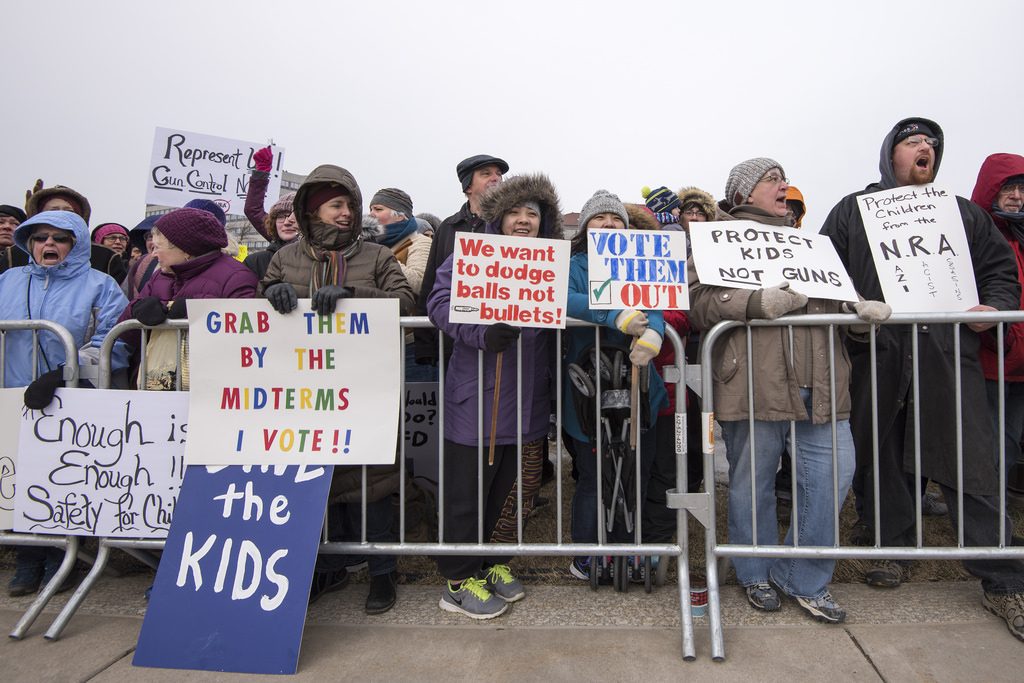American elections have ended with the Democrats taking control of the House of Representatives off Trump’s Republican Party. But the President is still popular.
What it means: In America’s midterm elections this week, Democrats have won a majority of the seats in the House of Representatives, giving them more power to push back on some of Trump’s ideas about how America and its economy should be run. But Republicans kept control of the Senate, suggesting plenty of people approve of what Trump’s doing.
Quick lesson on American politics if you don’t know how it’s organised (just skip ahead if you do): the American version of British parliament, called Congress, is split into two: the House of Representatives and the Senate. Both are made up of individuals who are elected to represent voters from different American states. There are some differences in what they do, but any new idea needs to win a majority of votes in both sections of Congress before it can become law.
What might a Democrat-majority House change about the American economy? Well, Trump and his party can now only pass laws that Democrats will support. In practice, that means he’s going to struggle to pass any laws which cut funding to social programmes (where the government gives money to poorer and vulnerable people) and he’s not going to be able to get rid of Obamacare (which makes sure all Americans have insurance to pay for medical care).
Trump might even end up putting more funding into social programmes in order to get Democrats to support some of his other policies. That means government spending will go up and America might end up with more debt. (People are divided about whether having lots of government debt is bad money management or better than underfunding public services).
Read our explainers on government spending and government debt.

